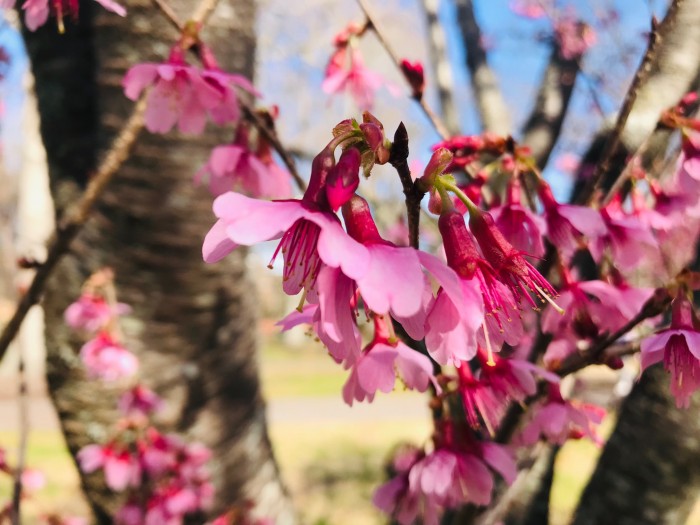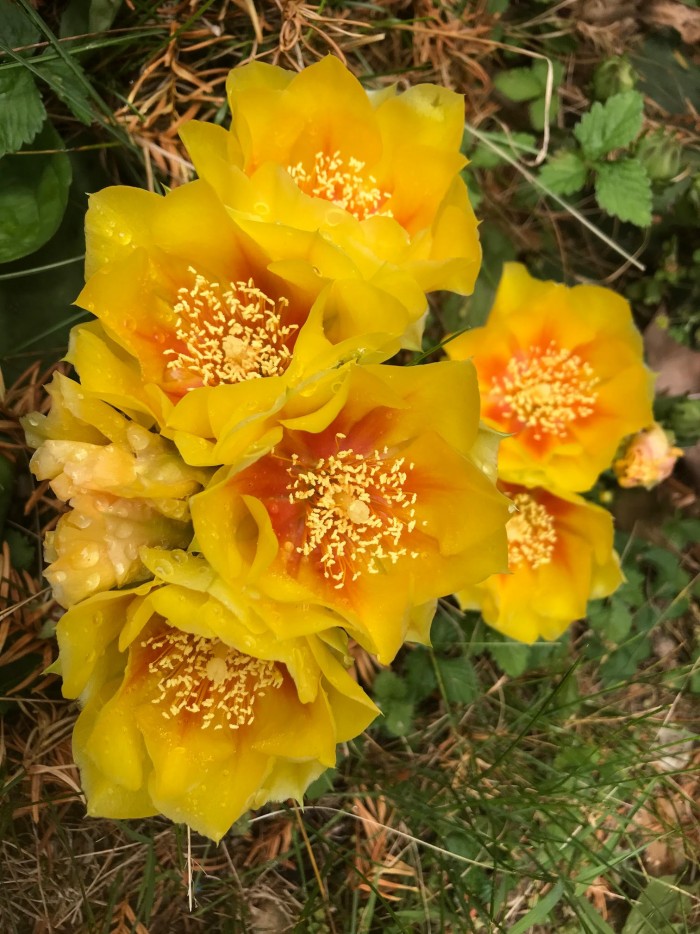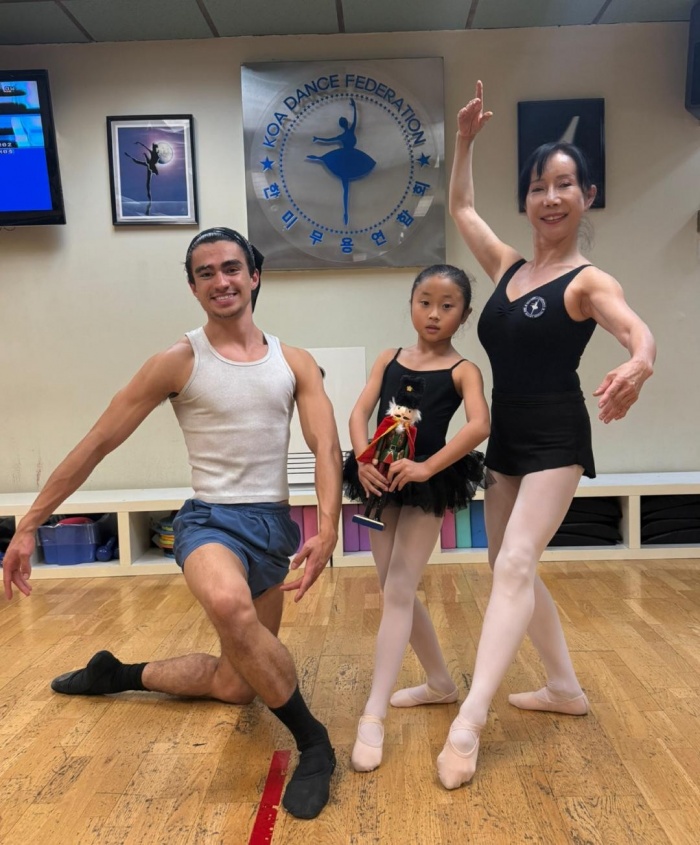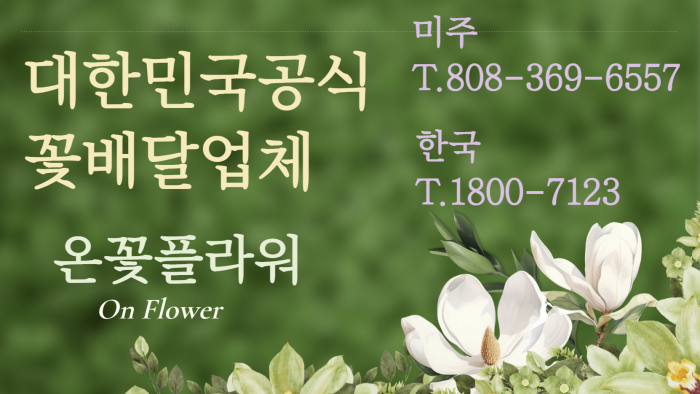- [Essay in My Heart] A Book Review: The Grapes of Wrath3962023.02.12
- [내 마음의 隨筆] 독후감: Pachinko (파친코)13982023.02.17
- [Essay in My Heart] A Book Review: Pachinko5842023.02.18
- [내 마음의 韓詩 471 – Korean Poem in My Heart 471] 春信4332023.02.24
- [내마음의 韓詩 470 – Korean Poem in My Heart 470] 雪中梅3752023.02.20
[Essay in My Heart] A Book Review: Pachinko
2023.02.18[Essay in My Heart]
A Book Review: Pachinko
By Solti
Pachinko is a novel by Korean American writer Min Jin Lee, who first conceived the plot in 1989 and published it only in 2017. There are a total of three volumes: Volume 1 Gohyang/Hometown 1910-1933 (17 chapters), Volume 2 Motherland 1939-1962 (20 chapters), and the third volume Pachinko 1962-1989 (21 chapters) (500+ pages).
Thankfully, I recently unexpectedly received this English version of the novel as a gift from a senior scientist I respect. I have been invited to read this novel through various channels several times in the past over the past few years, but because of this and that reason, I have had a good opportunity to read it only recently.
The novel is starting with the sentence ‘History has failed us, but no matter.' The story begins with a small family in a typical leisurely Korean fishing village in Yeongdo, Busan, Korea during the Japanese colonial era. The story revolves around a character called 'Baek Sunja,’ and the house of Sunja is offering boarding that provides lodging and meals to fishermen and boarders.
Sunja, who was growing up peacefully and receiving warm love and care from his parents Hoonie and Yangjin, unexpectedly got pregnant one day by secretly dating a person from Jeju Island called Koh Hansu who lives back and forth between Busan's fish market and Japan to do binational fish trading business. Later, Sunja married a young pastor named Baek Isaac, who came down from Pyongyang and stayed at his house. Isaac, who became an assistant pastor of a Korean church in Osaka, Japan, was captured by the Japanese police along with other members of the church who refused to worship at the Shinto shrine and were severely tortured and imprisoned. In the end, he passed away early at his youthful age.
On the other hand, in order to raise Noa born with Koh Hansu, and Mozasu born with her husband Baek Isak, who died first, Sunja went on a peddling trip with the Kyunghee who is the wife of Baek Yoseb, an older brother of Isak, to raise her children well. While working, they make and sell kimchi and sugar snacks at home and live a difficult life. Later, her mother Yangjin also comes across the Korean Strait and her two families live together in Osaka, Japan. Noa, an intelligent son with a passion for learning, goes to Waseda University in Tokyo, but quits his studies in the middle and goes to Hokkaido alone, working at a pachinko shop and starting a family with a Japanese woman Risa Iwamura and having four children.
In the meantime, Ko Hansu, who had only a daughter with his Japanese wife, pays for Noa's school fees and provides an apartment for Noa, who he secretly gave birth to while with Sunja, emphasizing that Noa is his son, but Sunja never accepts it. Noa sends only the money he earns to the Sunja for living expenses, but does not return home to meet the Sunja without telling him where he lives. So, Sunja and Ko Hansu set out together to find Noa, and in the end, they meet him only once after Noa gets married. Mozasu later marries a Korean woman Yumi who worked at a pachinko parlor, and she gives birth to his son Solomon.’ Yumi dies in a car accident two years later.
Solomon goes to study at Columbia University in the United States with his earnest desire to overcome discrimination and contempt for Koreans. While working at a British bank in Tokyo after returning to Japan after his study in the States, Solomon accidentally disposes of the real estate of an old Korean Japanese while overseeing the company business entrusted to him.
Solomon tries to find a new job, but it is not easy to find a decent job because of the invisible and subtle discrimination against Koreans. In the end, when he announces that he will take over his father's pachinko business and work, his Korean American girlfriend Phoebe immediately packs a suitcase to return back to America alone. Solomon also cannot forget his first love, his Japanese hostess girlfriend Hana, the daughter of his father Mozasu's girlfriend Etsuko, and thinks of marriage, but she eventually dies lonely in her hospital room. Hana wills Solomon to take over the pachinko business of his father Mozasu.
In the last chapter of the novel, Sunja calmly recalls the bitter past as a complex Zainichi (在日) at the grave alone at her husband's grave and hears about his son Noa from a Japanese cemetery manager that Noa visited the grave on the last Thursday of every month for 16 years until 1978. Then she digs and buries her key ring, which she always carries with her in her handbag, and which contains pictures of her two sons, by her grave.
Indeed, pachinko is all over the place in this novel. Basically, Koreans in Japan, Zainichi, who are treated as foreigners, went through the Pacific War, and Korean War, and basically suffered violence while receiving contempt and neglect in order to make it difficult for them to eat, wear, and live. The novel unfolds the story of living a difficult day-to-day life while running a pachinko business, which is like a kind of entertainment gambling board that is dangerous and difficult under the threat of the Yakuza, which is a Japanese organized crime group. Noa and Mozasu chose the pachinko business as a job to escape economic difficulties, but in contrast, Solomon chose pachinko to overcome the subtle discrimination and contempt in Japanese society.
Many stories are related to diverse topics such as family, birth, love, marriage, education, work, business, school violence, bullying, food, ideology, ideology, religion, etc. Through Korean, Japanese, and English conversations, it unfolds them in a time period of about 80 years from 1910 to 1989 in various and candid ways. Diverse places from four countries including Busan, North Korea, Osaka, Tokyo, Yokohama, and Nagano in Japan, and New York in the United States are the main backgrounds.
I think there are still too many differences between the Japanese's perception of Korea's history and the Koreans' perception of Japan's history. Japan's distortion of history, which is still constantly going on, is a really big issue to be solved seamlessly. The irresponsible attitude of the Japanese government, which consistently ignores requests for an apology for wrongful past history, is still pretty much the same.
One of the things I felt while reading this novel, which was never a light novel, was that the effort for a straight perception of history is never a grandiose history study or loud political agitation, but rather the historical plot of the novel described in English, an international language. Through the development of the story of the novel, it was possible to show the global citizens a strong power of culture that naturally shows people the dark past of Japan. I heard that this novel has been translated into over 30 languages around the world, but recently it has been translated into two volumes written in Korean, the author's native language. Unfortunately, I heard that the novel has not yet been translated into Japanese. If it is translated later, I personally want to read it.
The truth of history will be revealed someday. By making little concessions and cooperating with each other over the dark pasts of the two countries, we can understand a little more the sorrow and pain of our siblings, Zainichi, who are still living in discrimination and suffering today in Japan. As I read this novel, I realized that I had to put in more effort to recognize and help them out.
I recommend this novel to readers without hesitation, which shows Japan, Japanese people, and their historical awareness from a new angle to people around the world, needless to say including Koreans.
한국어 Translation: https://www.ktown1st.com/blog/VALover/341072








 MMA 2025 티켓팅 멜론뮤직어워드 티켓 예매 멜뮤 콘서트 공연 일정
MMA 2025 티켓팅 멜론뮤직어워드 티켓 예매 멜뮤 콘서트 공연 일정
 434. LA발레와 함께 하는 한미무용연합 진발레스쿨 ‘호두까기인형 클래스’
434. LA발레와 함께 하는 한미무용연합 진발레스쿨 ‘호두까기인형 클래스’
 2026년 미국 부동산 시장, 지금이 기회인 이유
2026년 미국 부동산 시장, 지금이 기회인 이유
 심장마비▶◀조심하자
심장마비▶◀조심하자
 비온뒤의 모습들
비온뒤의 모습들
 최고의 FX 솔루션 임대 | 카카오솔루션의 맞춤형 FX 거래 플랫폼
최고의 FX 솔루션 임대 | 카카오솔루션의 맞춤형 FX 거래 플랫폼
 미주장로회신학대학교 동문회 송년모임
미주장로회신학대학교 동문회 송년모임
 승진을 축하해 주세요. 한국으로 꽃배달 당일총알 배송합니다.
승진을 축하해 주세요. 한국으로 꽃배달 당일총알 배송합니다.
 [내 마음의 隨筆] 폐점(閉店) - 1 of 2
[내 마음의 隨筆] 폐점(閉店) - 1 of 2
 최고의 FX 솔루션 임대 | 카카오솔루션의 맞춤형 FX 거래 플랫폼
최고의 FX 솔루션 임대 | 카카오솔루션의 맞춤형 FX 거래 플랫폼
